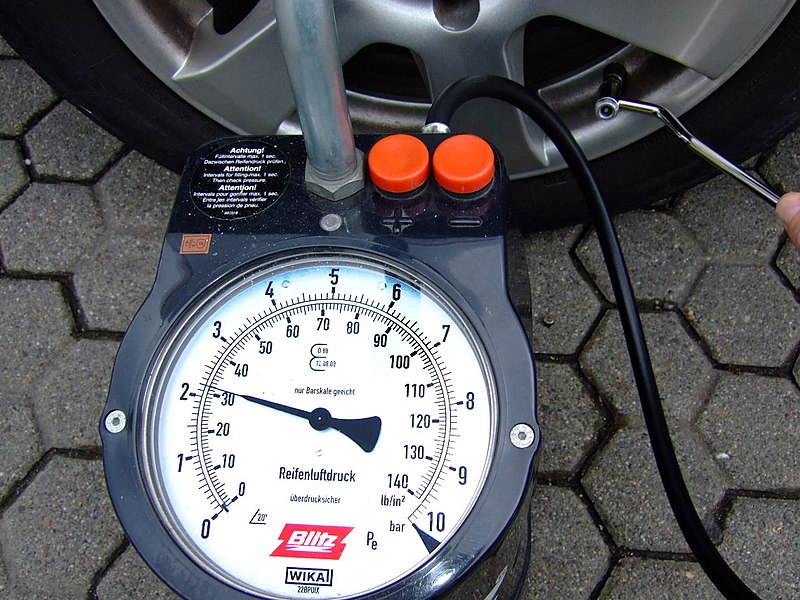

It can be vulcanized (cured) to cross-link the long polymer chains and increase its rigidity and durability. Latex is found in 10% of flowering plants, and it coagulates when exposed to air. Latex in bicycle tubes is the natural milky emulsion of long-chain polymers from rubber trees. Schwalbe’s Aerothan tubes have different TPU chemical formulation as well as dimensions. Tubolito makes Pirelli SmarTUBEs, which share its TPU formulation their differences are in diameter, thickness, and color.

TPU manufacturers adjust the formulation to optimize rolling efficiency, puncture resistance, temperature stability, and plasticity/elasticity. TPU, on the other hand, can be considered a “family” of plastics rather than a specific formulation, and its physical properties can vary greatly depending on its recipe. Its initial production came during WWII when access to rubber from Asia was cut off. Butyl rubber, or simply “butyl,” is approximately 98% isobutylene polymerized with about 2% of isoprene. Tube materialsīoth butyl rubber and TPU are synthetic elastomers. Challenge latex tubes are unique in that they are made with a special hand process to be a continuous, circular tube, completely seamless, without the thick, overlapped section.


Latex inner tubes have been around for well over a hundred years and, after being extruded like tubular pasta and cut to length, they are usually glued together at the valve with an inch or so of overlap. In a mixture of old and new technology, the latex tube we tested was a seamless Challenge. A 700 X 35-43C Kenda butyl tube branded as a QBP Q-Tube represents our benchmark against which the other tubes are compared. Shown here is the Schwalbe Aerothan.īutyl and latex are old-school tube materials. Several brands including Schwalbe, Pirelli, and Tubolito have created thermoplastic polyurethane (TPU) tubes. Based on needle-penetration lab tests, TPU tubes also tend to resist punctures better than butyl tubes. Thanks to its high strength, TPU tubes can be much thinner and thus significantly lighter than butyl or latex tubes. New-school tubes like Tubolito, Schwalbe Aerothan, and Pirelli SmarTUBE are extruded thermoplastic polyurethane (TPU) tubes whose ends are heat welded together. We went to Germany to test the most popular bicycle chains.In the race to the top, should you choose lightweight or aero wheels?.15 Paris-Roubaix tires lab-tested for speed on a rough surface.We used this protocol and ran the tests at 2.5 bar (36 psi) and 3.5 bar (51 psi) at 35kph with a damped 40kg load on it. We measured the rolling resistance of a 700 X 40C Schwalbe G-One R Evo Super Race TLE gravel tire with a variety of new- and old-school inner tubes inside - from butyl to latex to TPU like Tubolito, Schwalbe Aerothan, and Pirelli SmarTUBE - as well as tubeless with only sealant inside at the Wheel Energy Oy test lab in Finland. Those concerned about minimizing the effort required to keep up with other riders should also consider it, because it affects rolling resistance, too. Among its important properties are puncture resistance, elasticity, air retention, and temperature stability. Oft ignored - except when punctured - the lowly inner tube plays an important role in the performance of a bicycle tire.


 0 kommentar(er)
0 kommentar(er)
